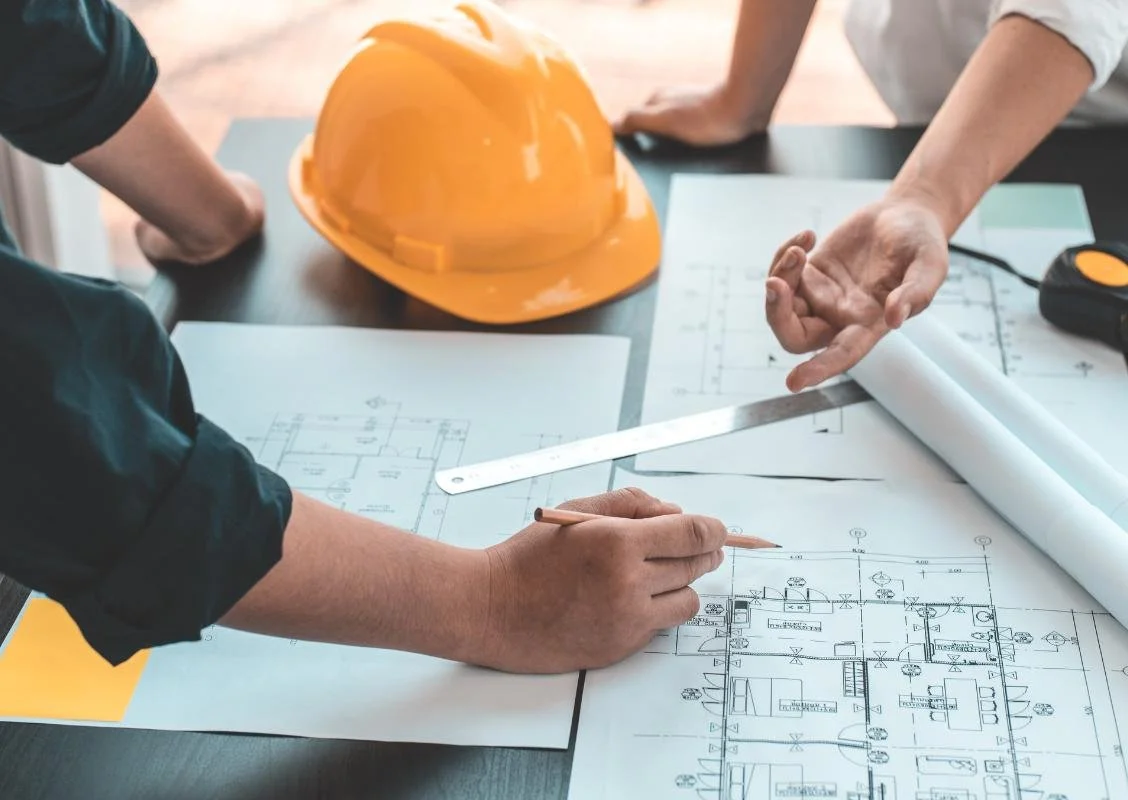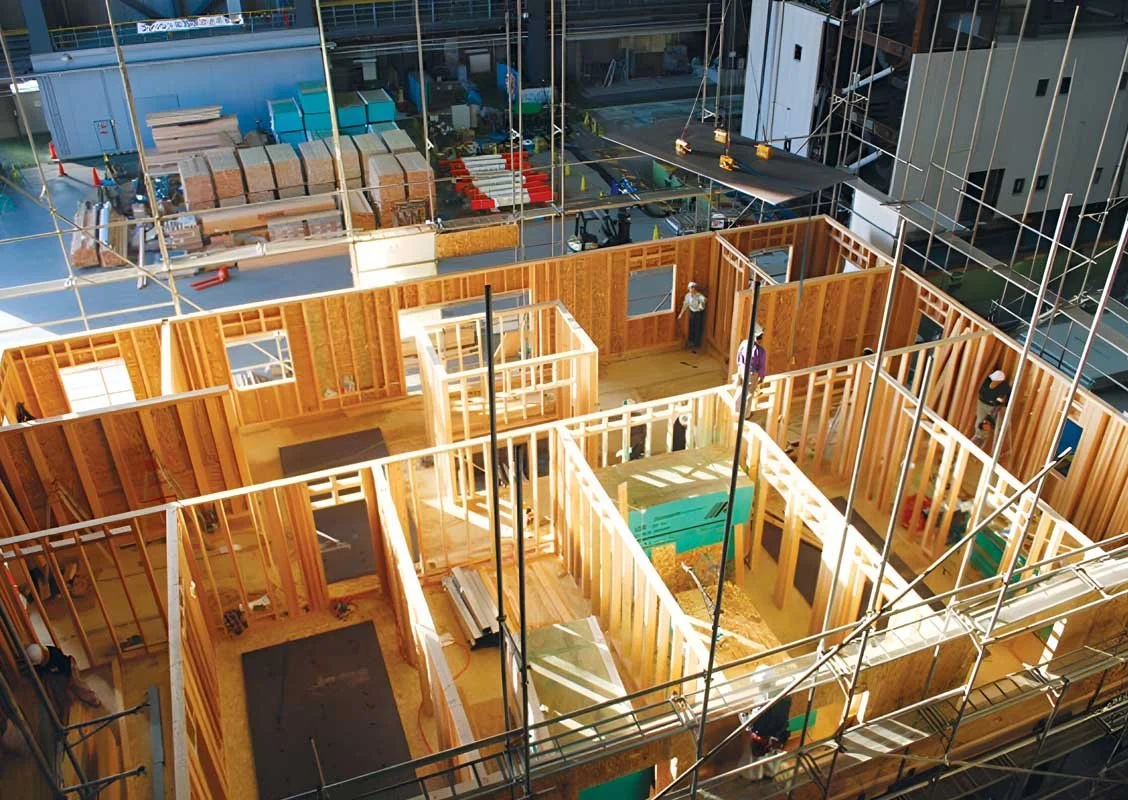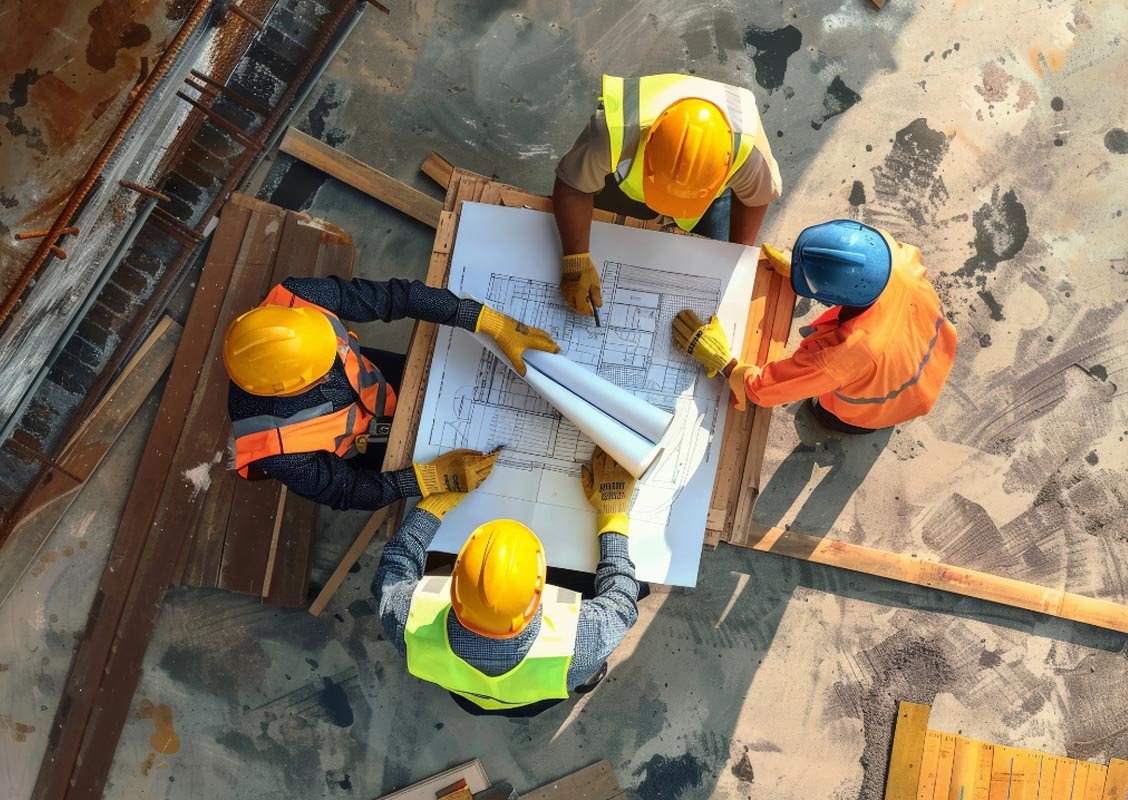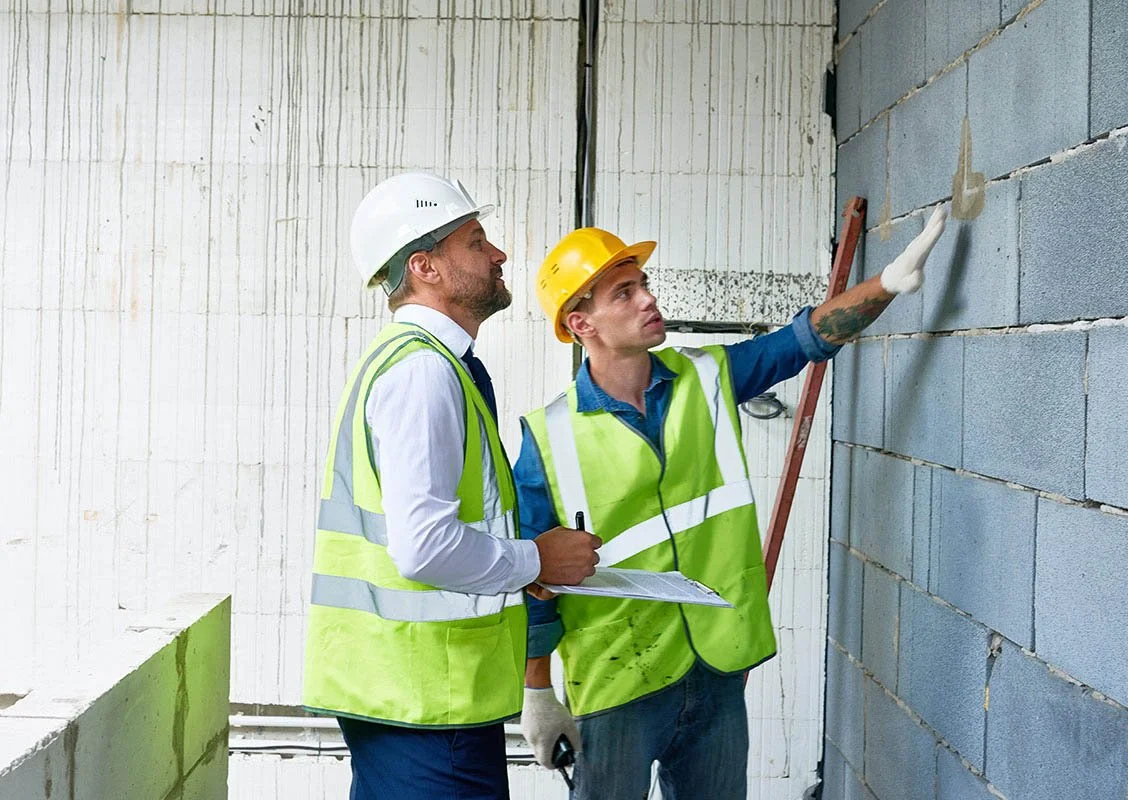Structural Vibration Analysis: Engineering Stability for Demanding Commercial Spaces
When the ground beneath your feet feels solid, the building around you should be equally steady—but in today's demanding commercial environments, even the slightest tremor can spell disaster for precision operations.
Look, most people don't think about building vibration until something goes wrong. But if you're running a lab, hospital, or any facility with sensitive equipment, those tiny tremors can turn into massive headaches fast. We've been doing structural vibration work at Exactus Engineering for years, and trust me, it's much more cost-effective to catch these issues early than to deal with them after your equipment starts acting up.
When Vibration Stops Being Background Noise
Some buildings can handle a little shake here and there. Others? Not so much. Research labs are probably the worst affected—imagine trying to get accurate results from an electron microscope while someone's doing jumping jacks upstairs. We've seen entire experiments get scrapped because of vibration interference.
Cleanrooms for tech manufacturing are equally finicky. One vibration spike during semiconductor production can ruin an entire wafer batch. That's not just inconvenient—it's hundreds of thousands down the drain. Hospitals face similar problems with MRI machines and other diagnostic equipment that need a steady environment to work properly.
Data centers might surprise you, but server racks don't like being shaken around either. We had one client where minor building vibrations caused cascading network failures affecting thousands of users. The downtime costs were substantial.
But here's the thing—it's not just about equipment. When people feel the floor moving under their feet, they get uncomfortable. Tenants start complaining, inspections fail, and suddenly you're dealing with reputation issues on top of technical problems. Equipment recalibration costs pile up, and before you know it, what seemed like a small vibration issue has become a major business problem.
What's Making Your Building Shake?
Vibration sources fall into two categories: those occurring outside your building and those occurring inside it.
Outside sources are usually low-frequency problems—road traffic, construction near transit corridors, and trains. These vibrations travel through soil and can affect buildings surprisingly far from the source. We've seen highway traffic a quarter-mile away interfere with lab equipment.
Here's how vibrations move through buildings: they enter via foundations, travel up columns, and spread through floor systems like ripples in water. Your building acts like a giant tuning fork—vibrations don't stay put, they bounce between beams, transfer floors, and show up elsewhere. Floor systems are especially good at transmitting this material because they're built to flex.
Inside sources are mostly mechanical equipment—HVAC, pumps, and fans. The annoying part is that equipment that's quiet today might develop vibration issues later as it ages.
People walking around create vibrations too, especially on upper floors. When footsteps hit the right frequency, the floors start resonating. It happens worst at span centers, where there is less structural support.
Long-span floors look great, but they're vibration magnets. Those beautiful open spaces come with less stiffness, making them shake more easily. Different structural components—beams, columns, connections—all react differently to vibrations based on size and how they're connected.
How We Figure Out What's Wrong (And Fix It)
Our process starts with actually measuring what's happening in your building. We use accelerometers and other monitoring equipment to capture vibration data over several days. You'd be surprised how much vibration patterns change based on time of day, occupancy, and outside conditions.
For delicate situations where we can't attach sensors to equipment, we use laser vibrometry. Sounds fancy, but it's basically a way to measure vibrations without touching anything. Great for situations where even the weight of a sensor might interfere with operations.
The real magic happens when we combine field measurements with computer modelling. We build digital versions of your structure and test different scenarios to predict how various fixes will perform. Modal analysis helps us understand your building's natural frequencies—basically, which vibrations it's most susceptible to.
Everything gets checked against industry standards like AISC Design Guide 11, but standards are just starting points. Every building is different, and cookie-cutter solutions rarely work.
Finding the root cause often involves some detective work. We've seen cases where vibration problems were caused by completely unexpected sources—like a parking garage ventilation fan three floors down affecting sensitive lab equipment. Sometimes the fix is simple (change where people walk), other times it requires serious structural work.
Timing Is Everything
If you're still in the design phase, count yourself lucky. We can optimize floor systems, adjust structural layouts, and build in vibration control measures without breaking the budget. Design-phase solutions give us flexibility to modify beam spacing, relocate noisy equipment, or reinforce foundation systems.
Retrofit work is tougher and more expensive—usually three to ten times the cost of handling things during design. But it's definitely doable if you're dealing with an existing building that has developed vibration problems.
Retrofit options include tuned mass dampers (think of them as vibration shock absorbers), adding structural stiffness through extra beams, or installing foundation isolation systems that block ground-borne vibrations. Sometimes simpler solutions work too—changing traffic patterns, relocating equipment, or modifying operating procedures.
The key is figuring out what approach makes sense for your specific situation and budget.
Why Choose Exactus for Structural Vibration Analysis
We've been tackling vibration problems in medical facilities, manufacturing plants, research labs, and industrial buildings for years. Each type of facility has its own quirks, and experience matters when you're trying to figure out what works and what doesn't.
Our approach combines thorough field testing with solid engineering analysis. We don't just guess at solutions—we measure actual conditions and model how proposed fixes will perform. Plus, we collaborate effectively with design teams, contractors, and building owners to implement solutions that are actually built.
Our structural engineering services cover everything from initial assessment through final implementation. Whether you need seismic retrofit work, foundation inspections, or commercial structural engineering, we handle the full scope.
Just finished a project at a research facility where HVAC equipment was throwing off sensitive instruments. Comprehensive measurement pinpointed the problem, detailed analysis determined the right tuned mass damper specs, and coordinated installation fixed the issue without disrupting ongoing research.
Don't Wait Until Things Get Expensive
Vibration problems get way more expensive once equipment starts failing, tenants start complaining, or operations get disrupted. If your project involves sensitive equipment or processes, getting a professional vibration assessment early can save you serious money and headaches.
Buildings and equipment keep getting more sophisticated, which means vibration issues that weren't problems ten years ago can be deal-breakers today. Better to address potential issues during planning than to scramble to fix them later.
Think your project might have vibration concerns? Get in touch for a structural vibration assessment and find out what you're dealing with before it becomes a problem.
Request a Structural Vibration Assessment





